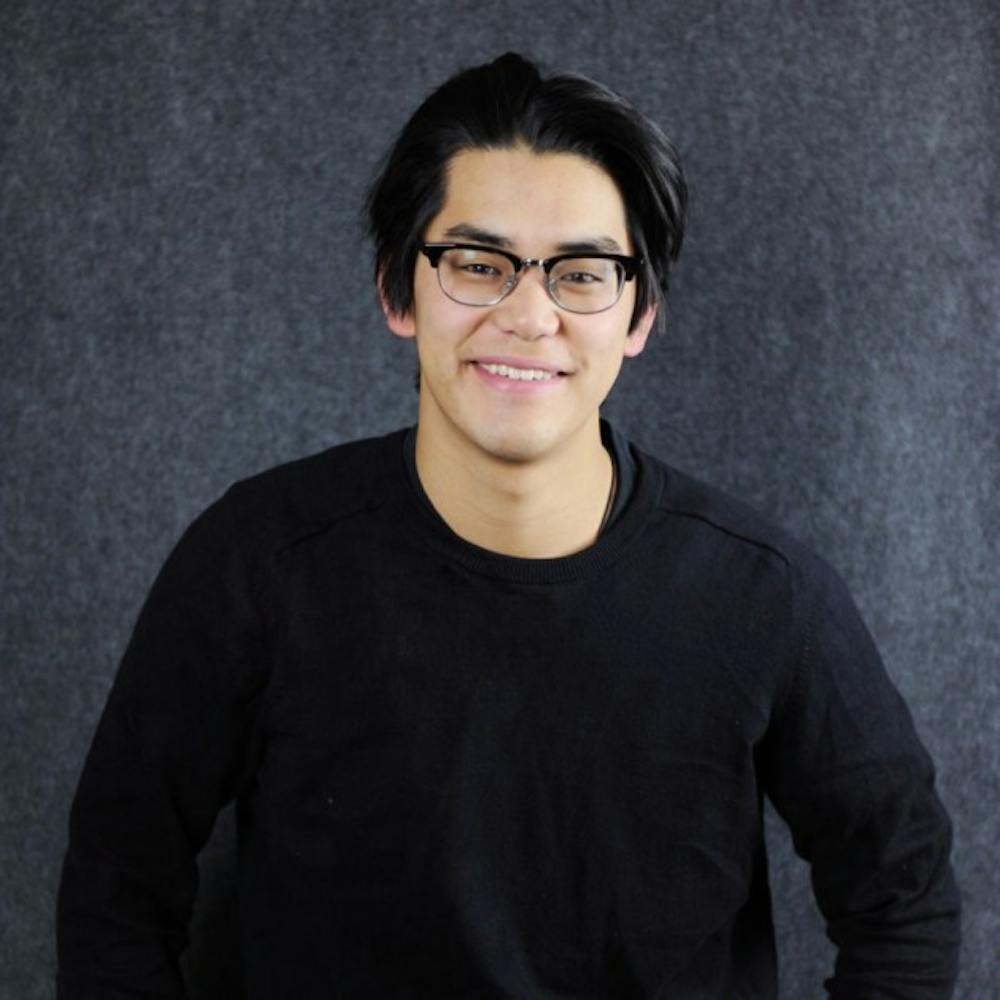 I am standing in The Memorial to the Murdered Jews of Europe with my study abroad group from the University of Buffalo and watching as people openly start to cry. They are remembering the six million Jews the Nazis systematically murdered from 1938-45. This monument is near the Brandenburg Gate, the city’s most iconic monument. It stands directly in the path of all tourists who visit this city.
I am standing in The Memorial to the Murdered Jews of Europe with my study abroad group from the University of Buffalo and watching as people openly start to cry. They are remembering the six million Jews the Nazis systematically murdered from 1938-45. This monument is near the Brandenburg Gate, the city’s most iconic monument. It stands directly in the path of all tourists who visit this city.
There is no escaping death and deep emotional connections in Berlin. The very name of this memorial is emotionally jarring – The Memorial to the Murdered Jews of Europe.
To enter the underground exhibit, visitors must pass through an above-ground memorial by American architect Peter Eisenman, which consists of a field of 2,711, 7-by-3-feet concrete slabs. Each slab is a different height, ranging from 8 inches to 15 feet. Some think the slabs resemble tombstones. Others see an empty city. The ground beneath the visitor’s feet is not level, giving the constant sense of being unbalanced.
When visitors emerge from this sea of blocks, they walk downstairs into the underground exhibit, where, beyond the metal detectors, police and an audio guide station, an air of sanctity and tragedy pervades.
For me, The Memorial for the Murdered Jews of Europe became more than a place of reverence, memory and respect. The lives lost taught me about the person I am and the one I want to be.
From the first steps underground, I felt the need to walk softly. It was like I was looking through a window into intimate scenes from the past. Photography of Jewish families posing for weddings and reunions hung on the walls. Yet for every photograph, so whole and happy, the dark history made each picture seem desolate.
Under every seemingly wholesome photograph came the caption: “No survivors.”
The first part of the exhibit chronicles the genocide and – despite the singularity of the photos – outlines the Nazi crimes in bold facts and staggering numbers.
Three million Polish Jews.
Nine hundred thousand Ukranian Jews.
Four hundred and fifty thousand Hungarian Jews.
Two hundred twenty thousand German Jews.
But nothing could have prepared me for what awaited me in the next rooms.
As I turned out of the entry hallway and into the first room I entered a private space of personal family stories. The room was dimly lit by assortments of glowing glass panes on the floor, revealing letters from Jews in concentration camps, in hiding or about to be arrested. They were sent to or left for family and friends.
A few were suicide notes.
Being in this room, called the Room of Dimensions, was one of the most powerful moments in my life.
As I read tragedy after tragedy, I felt emotionally unbalanced. It was like my insides were rearranging.
One letter, from a 12-year-old girl to her father said, “I am saying goodbye to you before I die. I am so scared of this death, because the small children are thrown alive into the pit. Goodbye forever.”
At first, I couldn’t understand what I had read; I was stunned. I was overcome with a mix of emotions – a blend of sadness, anger, disgust.
What horrors had befallen this child? How many others had suffered this sort of death? How did she come to grips with her fate?
I had to kneel down.
The letter was signed “J.”
Who was she? What happened to her?
I thought about my own life and felt contempt.
Often I complain about how lost I am and how I don’t know what I want to do with my life.
I focus on how little time and money I have.
I think about all the possessions I want that I don’t have.
I was disgusted to be so self-absorbed.
All of this worry, this anxiousness and angst, when compared to the fate of J made me nauseous. I felt superficial, spoiled, inane.
J had everything stripped from her.
Her 49-word letter made my problems seem small and insignificant.
Here was a girl who deserved more – who would have been happy with a fraction of the life I lead.
I sat in that memorial for a couple hours, but it felt much longer.
The lost lives helped heal me in a strange and paradoxical way – sitting in that memorial with so much sadness around me helped me relax.
Confronted with the collective and individual suffering of the six million, I realized how little my worries matter.
The best way to keep someone alive and to redeem an unjust death is to tell a person’s story. J will stay with me forever. Her story is part of me now.
She reminded me about the preciousness of life.
She reminded me in the end, it’s not the hesitation or the mistakes you make in life that matter. It’s how you move forward, how you face whatever you are confronted with – even if it is death.
She reminded me to move and act and do and defend your choices because every second counts.
And the seconds now are more important than the seconds yesterday.
She reminded me how to live, and that nothing is a guarantee.
I will never forget her.
email: brian.windschitl@ubspectrum.com



